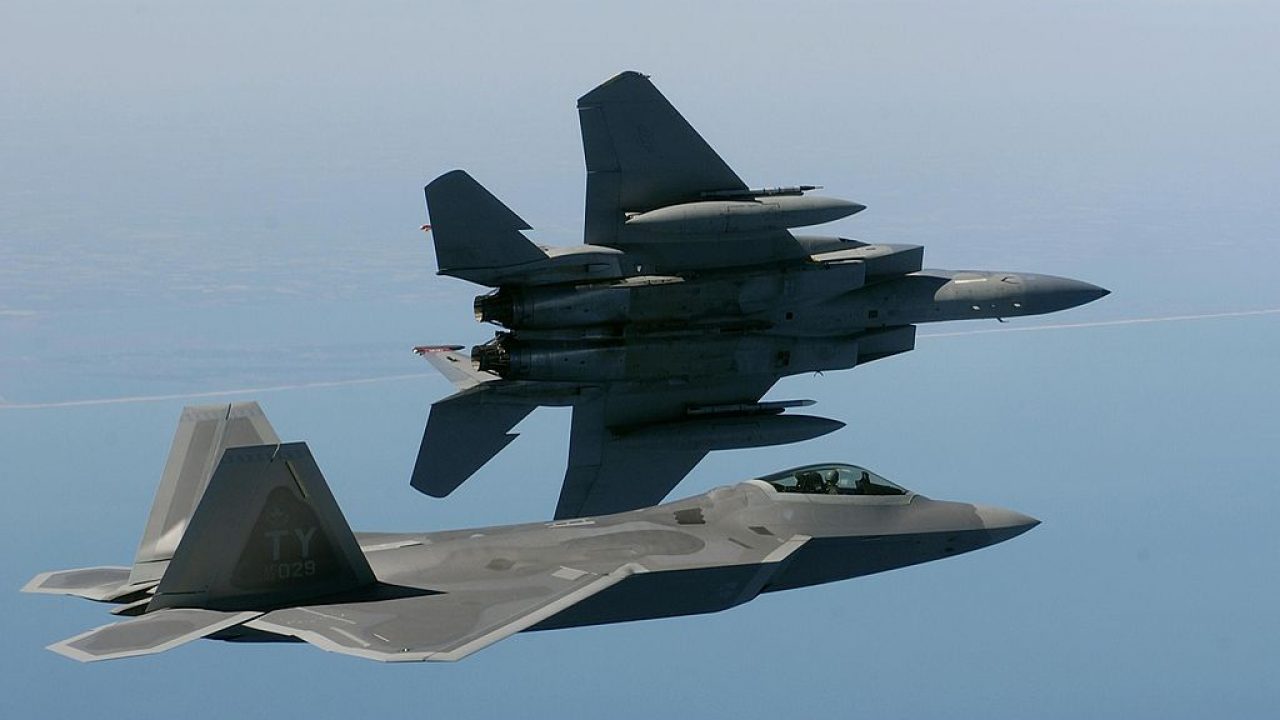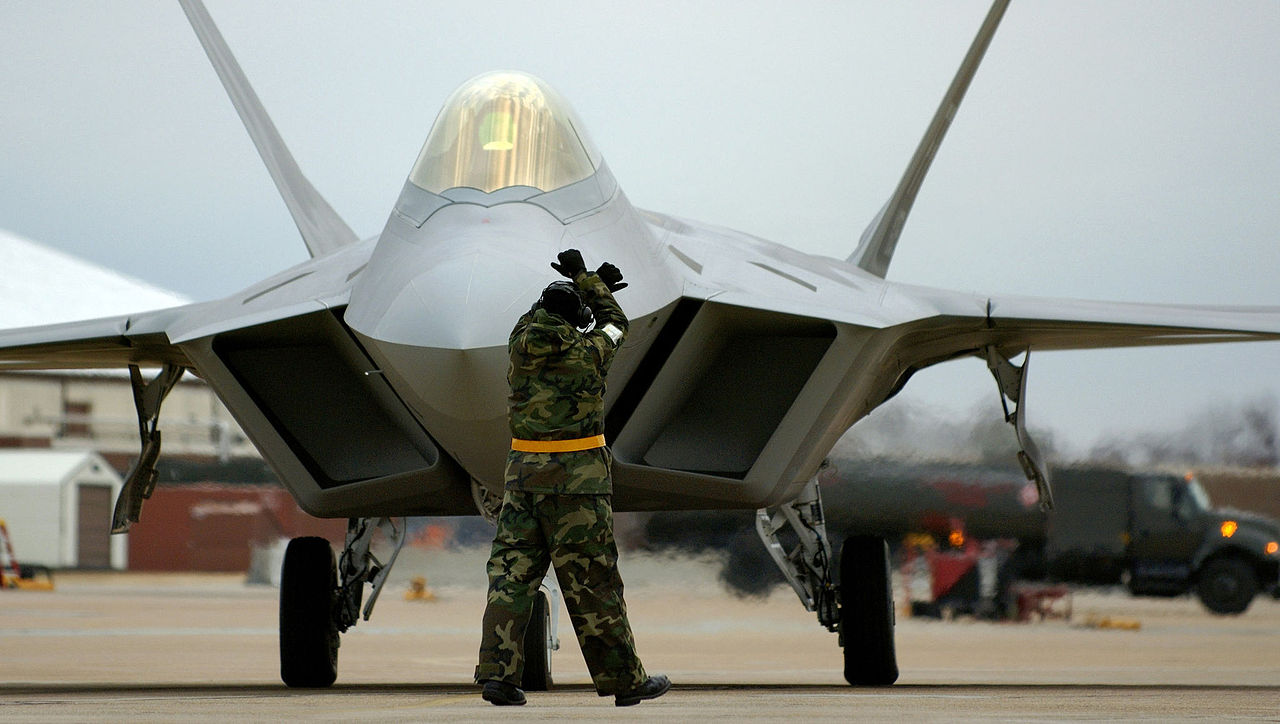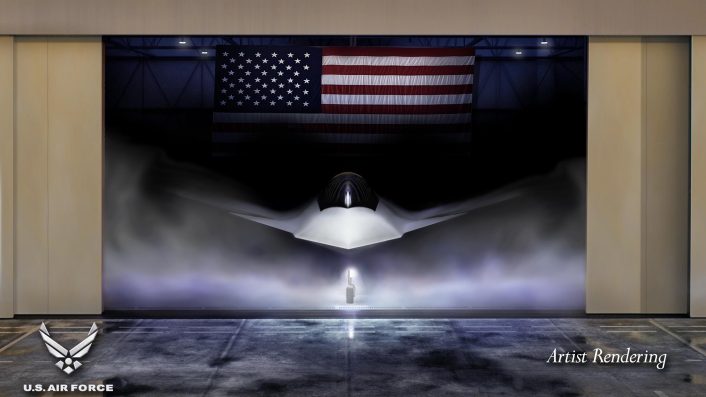America’s ‘Antique’ Air Force: USAF Sounds Alarm as Ageing Fleet Risks Global Airpower Collapse
“Antique cars are defined as being at least 25 years old; by that definition, our Air Force — with aircraft that have an average age of 30 years — is an antique force.”
(DEFENCE SECURITY ASIA) — The United States Air Force (USAF), once the dominant force in global airpower, is now being increasingly described by leading defense analysts as an “antique air force,” with the average age of its combat aircraft exceeding 30 years — a sobering indicator of long-term strategic neglect.
In a hard-hitting editorial published in the influential U.S. defense journal Breaking Defense, retired USAF Lieutenant General David Deptula and former Colonel Mark Gunzinger, both of whom now advise major think tanks on airpower and defense strategy, warned that three decades of continuous global operations — from the Gulf War to the War on Terror — have hollowed out the USAF’s modernization and readiness posture.
The two former senior officers argued that, despite its critical role in projecting American military power worldwide, the USAF has suffered from systematic underinvestment and a lack of prioritization at the national level, particularly in the face of intensifying great power competition with China and Russia.
They wrote, “Antique cars are defined as being at least 25 years old; by that definition, our Air Force — with aircraft that have an average age of 30 years — is an antique force.”
“To recover from decades of neglect, the Air Force must rebuild both its combat capability and its overall capacity,” the article continued, highlighting the urgent need to restore the USAF’s warfighting edge.
“This recovery can only happen if the administration makes it a national priority, and Congress allocates sufficient resources to immediately ramp up annual purchases of new aircraft,” they stressed, linking air superiority directly to strategic deterrence in an increasingly unstable global security environment.
The analysts revealed that ten of the USAF’s most relied-upon aircraft platforms — including iconic bombers, tankers, and fighters — first entered service nearly half a century ago, and now make up nearly two-thirds of the Air Force’s operational fleet, totaling over 2,600 aircraft.

In stark contrast, they noted, the U.S. Navy operates only one surface combatant over 50 years old, underscoring how disproportionate the age burden is on the Air Force.
“New Air Force pilots are training in T-38 jets that predate the Vietnam War, and flying B-52 bombers and KC-135 tankers purchased during the Eisenhower administration,” the editorial continued, underscoring how even core pilot training and aerial refueling missions are reliant on legacy systems.
“At the same time, the Air Force’s land-based Minuteman III intercontinental ballistic missiles — the entirety of America’s ground-based nuclear triad — were fielded under the Nixon administration,” they added, emphasizing the growing risks posed by aging strategic deterrent systems amidst heightened nuclear tensions with Russia and emerging challenges from North Korea.
They further warned that the USAF today operates with just half the number of bombers and fighter aircraft it fielded during Operation Desert Storm in 1991 — a conflict that defined the U.S. model of joint air dominance and precision strike.
According to the former officers, only 10 B-2 stealth bombers and around 60 mission-ready F-22 Raptors — America’s most advanced air superiority fighter — are available for immediate deployment today, an inventory that is dangerously insufficient in the context of a high-end conflict scenario, such as a Taiwan Strait contingency or a NATO Article 5 response.
Meanwhile, they criticized the painfully slow pace of F-35 procurement for the USAF, warning that the delay undermines the broader fifth-generation transition necessary to counter modern air defense systems like Russia’s S-400 and China’s HQ-9/P systems.

“Every mission area of the Air Force is affected — mobility aircraft, remotely piloted aircraft, air battle management, intelligence, surveillance and reconnaissance (ISR), combat search and rescue, and more,” they stated, portraying a comprehensive readiness crisis across the USAF enterprise.
“All of them are critically undersized relative to demand, and yet none of these capacity shortfalls are on track to be resolved anytime soon,” they concluded, warning that without a course correction, the USAF’s ability to fulfill its global commitments — from defending NATO’s eastern flank to maintaining air patrols in the Indo-Pacific — may be compromised.
To arrest the decline, they proposed an immediate and sustained investment surge, estimating that rebuilding the USAF would require at least $40 billion in additional funding annually over the next several years.
They called on Congress to authorize the purchase of no fewer than 72 F-35A and F-15EX fighters annually, while also doubling the planned procurement rate of the B-21 Raider — the stealthy, long-range strategic bomber designed to penetrate advanced air defense environments like those surrounding Beijing or Tehran.
Their warning was echoed by Air Force Chief of Staff General David Allvin, who recently admitted that, “Our service lacks the required funding and resources, even as the potential for near-term conflict grows.”
“In short, America needs more Air Force — and it needs it now,” he stated bluntly, in a message aimed squarely at both Congress and the White House.

According to the Biden administration’s fiscal year 2025 defense budget request, the USAF is slated to receive $188.1 billion — an increase of $3 billion, or 1.6 percent, over the FY2024 budget request.
However, senior Pentagon officials and defense analysts alike argue that this modest increase is insufficient to address the USAF’s backlog of modernization needs, especially in the face of mounting tensions with China in the South China Sea, Russian aggression in Eastern Europe, and rising asymmetric threats from Iran and North Korea.
Among the most pressing concerns is a cutback in procurement funding, which has forced the USAF to reduce new aircraft acquisitions just as its aging fleet becomes increasingly unsustainable from a maintenance and survivability standpoint.
Another significant concern is the ballooning cost of the Next Generation Air Dominance (NGAD) program, which includes development of the sixth-generation F-47 fighter jet and its suite of autonomous drones and adaptive engines — a revolutionary project whose strategic potential is vast, but whose financial footprint could jeopardize parallel modernization efforts.

Some analysts have suggested canceling or scaling back programs like the Long-Range Standoff (LRSO) nuclear cruise missile to free up funding for more urgent conventional modernization.
While the FY2025 budget demonstrates a symbolic shift toward recognizing the USAF’s strategic crisis, it remains far from enough to ensure America’s airpower dominance in an era marked by hypersonic weapons, space-based threats, and multi-domain warfare.
Absent a bold strategic recalibration, the United States risks entering a new era of great power competition with an Air Force built for the past — rather than the wars of the future.
— DEFENCE SECURITY ASIA


